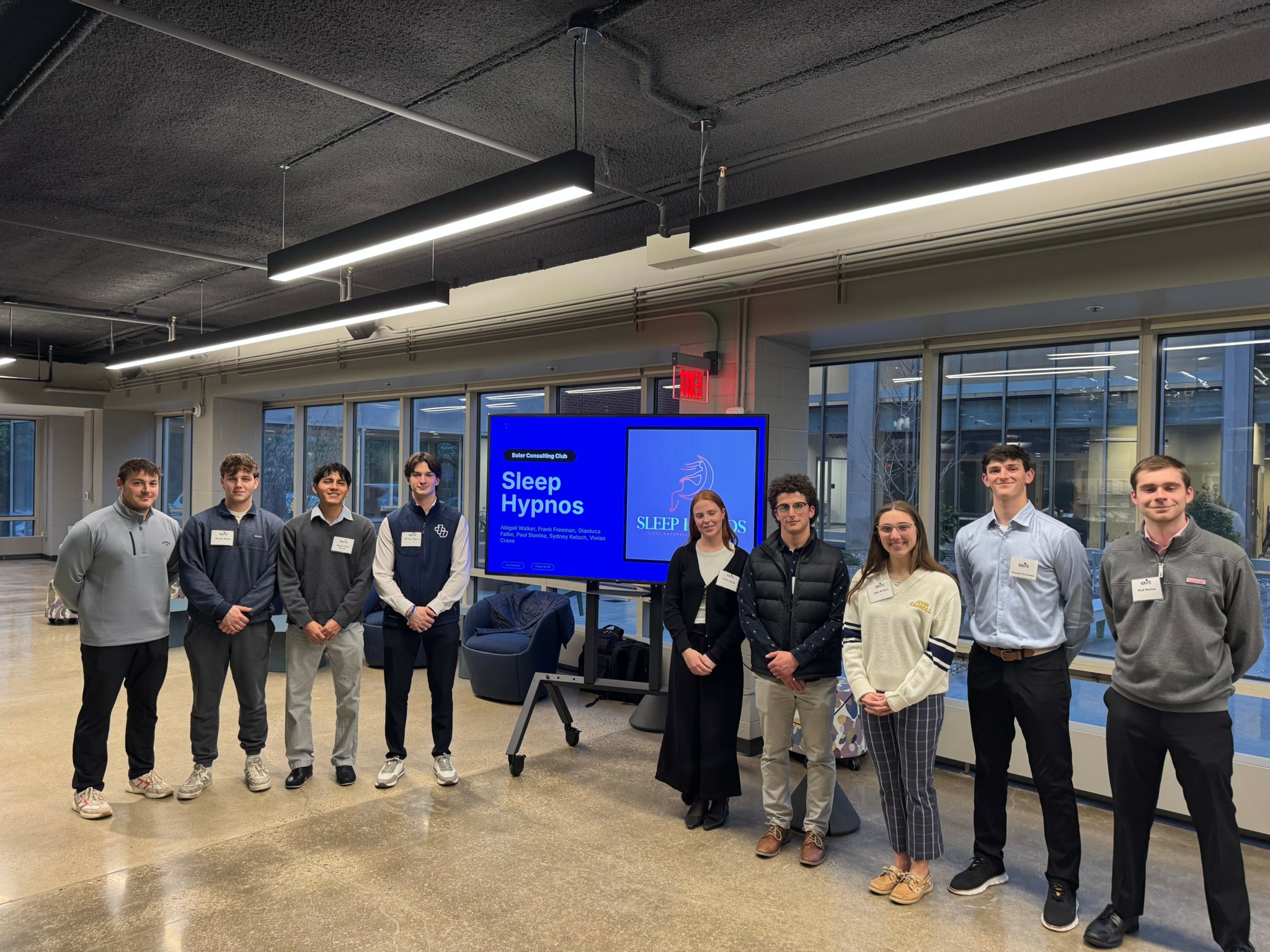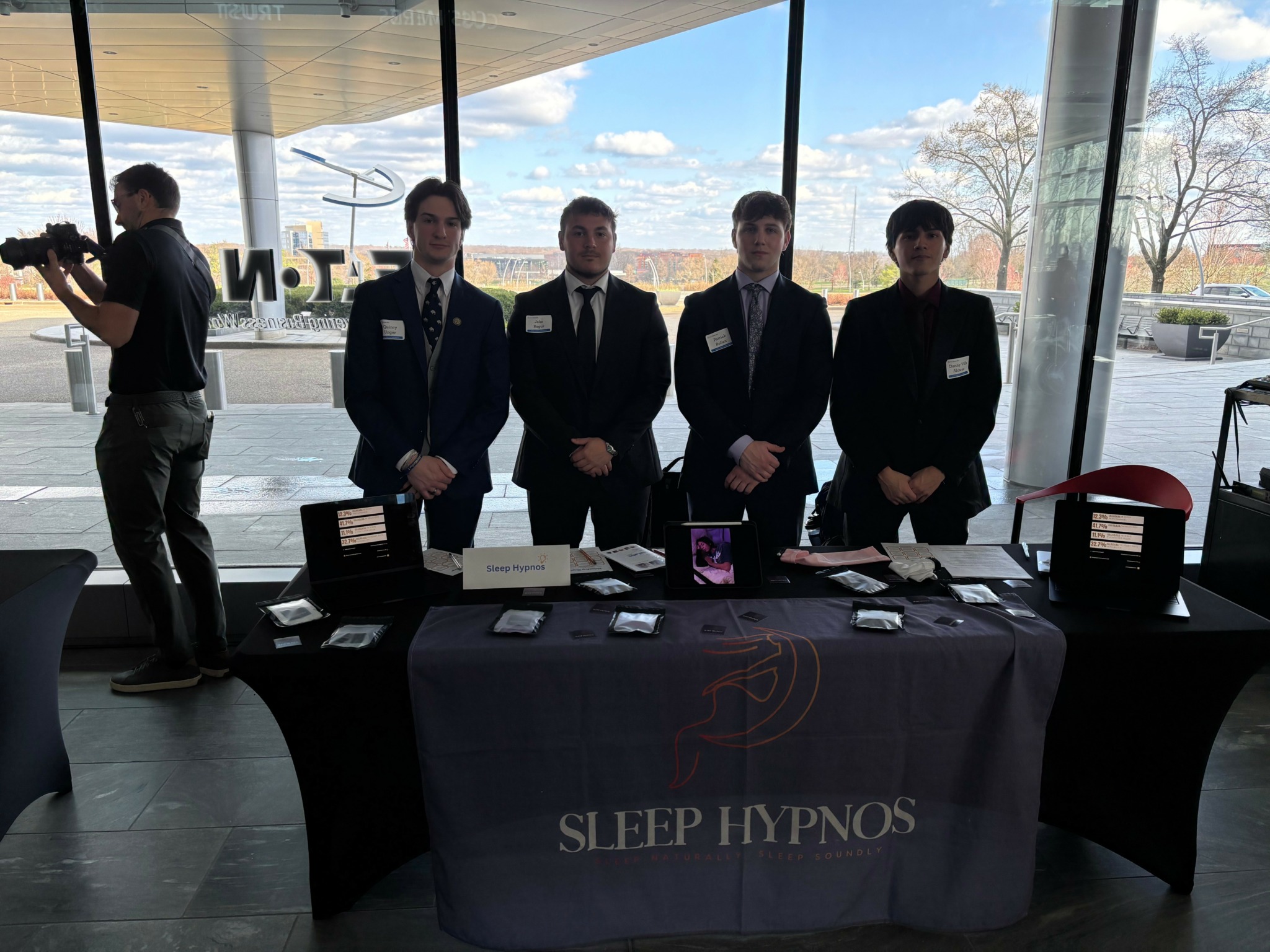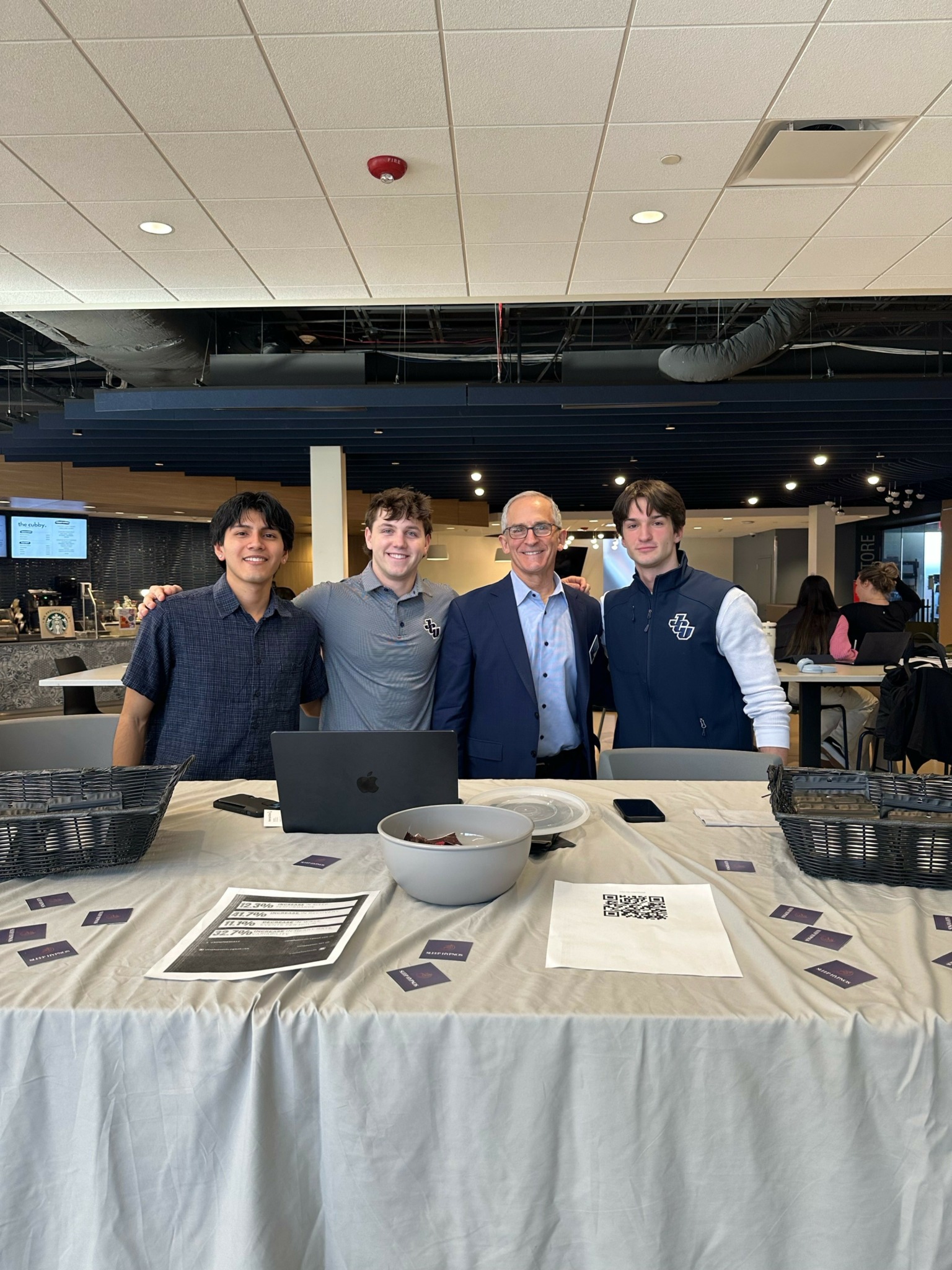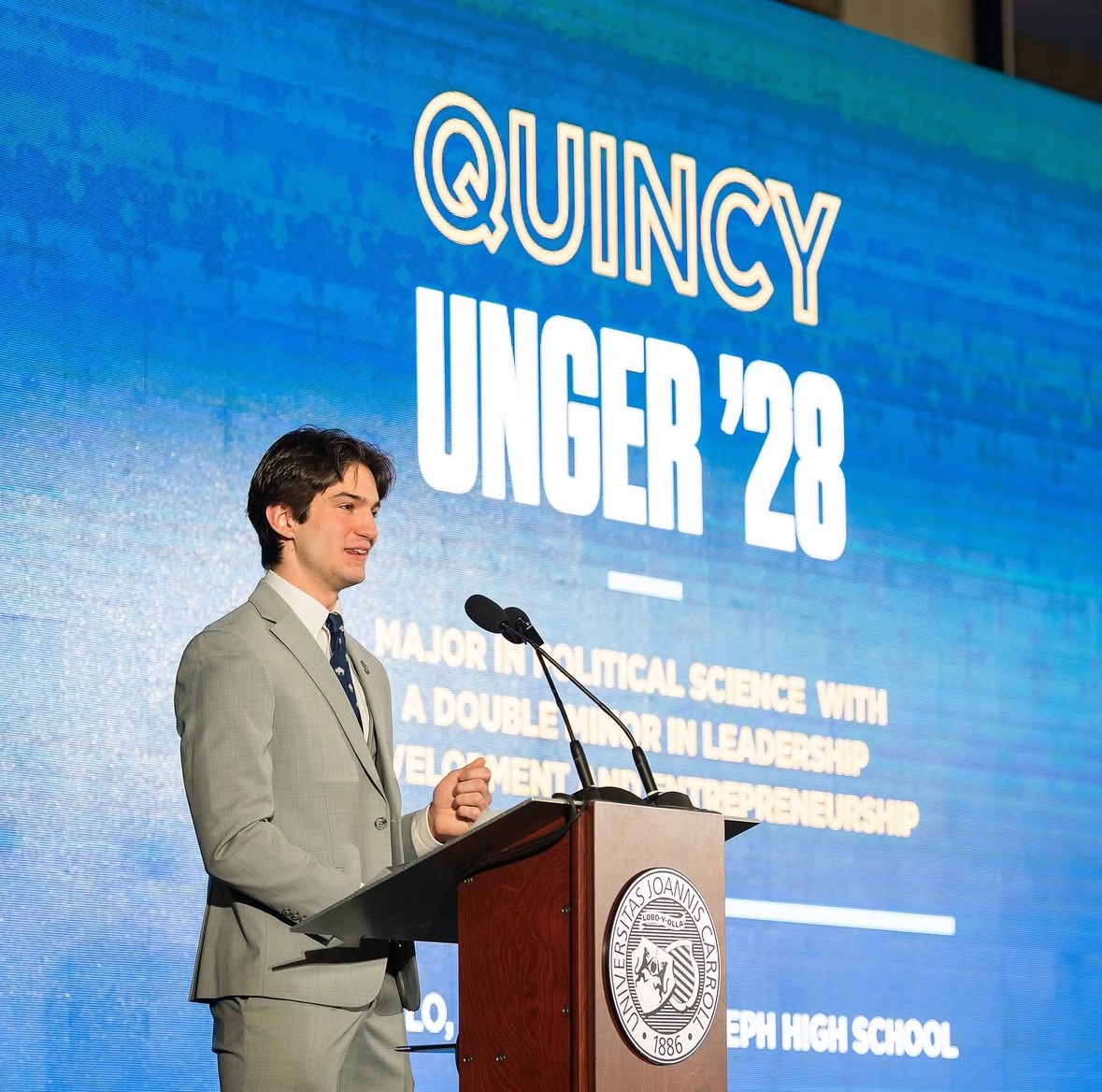Alright – so today we’ve got the honor of introducing you to Quincy Unger. We think you’ll enjoy our conversation, we’ve shared it below.
Hi Quincy , thanks for joining us today. What’s the backstory behind how you came up with the idea for your business?
The idea for Sleep Hypnos came from a very real, very personal frustration — struggling to get quality sleep. When I arrived on campus last year as a freshman, I was dealing with the normal anxieties that come with transitioning to college life. Between balancing classes, getting involved, and trying to find my footing, I found myself double — even triple — dosing melatonin just to get some rest. But the more I relied on it, the more I realized this wasn’t a healthy or sustainable solution.
I started researching natural ways to calm the body and mind, and that’s when I came across acupressure — how applying targeted pressure on certain points in the body could reduce anxiety and improve rest. It immediately clicked: what if I could design something simple, wearable, and natural that helped people relax and fall asleep without side effects?
The picture in my head was clear — a sleek, comfortable sleeve that could be worn at night, with a small but precisely positioned bead pressing against the wrist’s acupressure point. It would be something that blended into daily life, something people could actually stick with. I sketched it out, ran the idea past a few close friends, and their immediate reaction was: “That’s brilliant. I’d actually use that.”
From there, the logic only got stronger. The sleep industry is massive and growing, but most products fall into two extremes: either pharmaceuticals with side effects or gadgets that are expensive and over-engineered. No one was offering something this simple, natural, and affordable. It was filling a gap in the market — and solving a problem I knew firsthand.
What excited me most was the dual nature of the solution: it wasn’t just about sleep, it was about wellness and peace of mind. The thought that Sleep Hypnos could help people reduce stress, relax, and genuinely feel better made me confident it was a worthwhile endeavor. That’s what drove me to take the leap, form a team, and start building out this business.

Quincy , love having you share your insights with us. Before we ask you more questions, maybe you can take a moment to introduce yourself to our readers who might have missed our earlier conversations?
My name is Quincy Unger, and I’m a freshman at John Carroll University, studying Political Science with a minor in Entrepreneurship. Outside the classroom, I’m heavily involved on campus — from serving in Student Government to working in Alumni Relations to mentoring fellow students through advisory roles. I’ve always been drawn to leadership, problem-solving, and building connections, and those interests naturally fed into my passion for entrepreneurship.
The idea for Sleep Hypnos came directly from my own experience. When I first arrived on campus last year, I was dealing with the normal anxieties of being a freshman. Between adjusting to classes, making new friends, and taking on leadership roles, I found myself struggling to get consistent sleep. At one point, I was double and even triple dosing melatonin just to calm down at night. That wasn’t sustainable — and it got me thinking about how many other people must be facing the same issue.
That’s when I discovered acupressure and its potential to naturally reduce anxiety and promote rest. The spark hit: what if there was a simple, wearable product that tapped into this ancient practice in a modern, accessible way? I sketched the first idea for Sleep Hypnos — a comfortable sleeve with a bead placed at the wrist’s acupressure point — and from there it grew into a full-fledged startup with a dedicated team, an LLC, prototypes in development, and early steps toward patent protection.
What sets us apart is that we’re not chasing high-tech gimmicks or pharmaceutical fixes. Sleep Hypnos is simple, natural, and affordable, designed to fit seamlessly into people’s routines. We’re not just solving the problem of sleepless nights — we’re creating a holistic path to relaxation, peace of mind, and wellness.
I’m proud that what started as a personal challenge has grown into a business that can impact others. And I want people to know that at its core, Sleep Hypnos is about accessibility and authenticity. We want to meet people where they are, simplify wellness, and help them get back to what really matters: better sleep, less stress, and healthier lives.
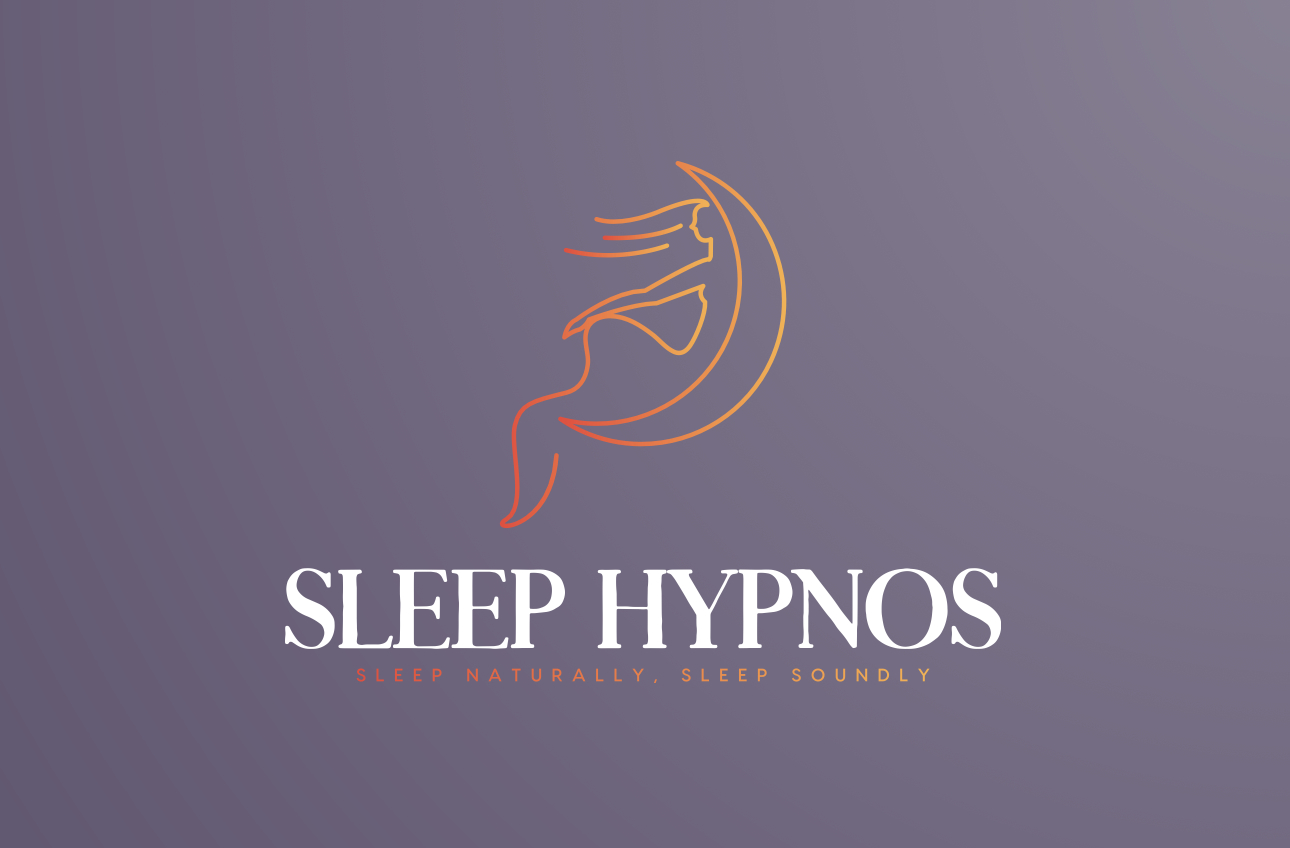
Can you tell us the story behind how you met your business partner?
The story of how I met my business partners goes back to our very first introductory entrepreneurship class. On the first day, I sat down next to John, Pat, and Danni — three people who would eventually become much more than just classmates. When our professor assigned us a final project — to come up with a business idea and pitch it — we decided to team up.
That’s where the first version of Sleep Hypnos was born. At the time, it was just a class project, an idea we put together for the sake of the assignment. But as we dug into the problem of sleeplessness and stress, and as I shared my personal story of relying on melatonin to get rest during my freshman year, the idea started to feel like it had potential beyond the classroom.
Each of us naturally found our lane: John dove into the numbers, Pat focused on operations, Danny thought about branding and outreach, and I concentrated on shaping the vision. What began as a school project quickly became something we were passionate about pursuing for real. By the end of the semester, we weren’t just turning in a pitch — we were laying the foundation for a startup that would become Sleep Hypnos.
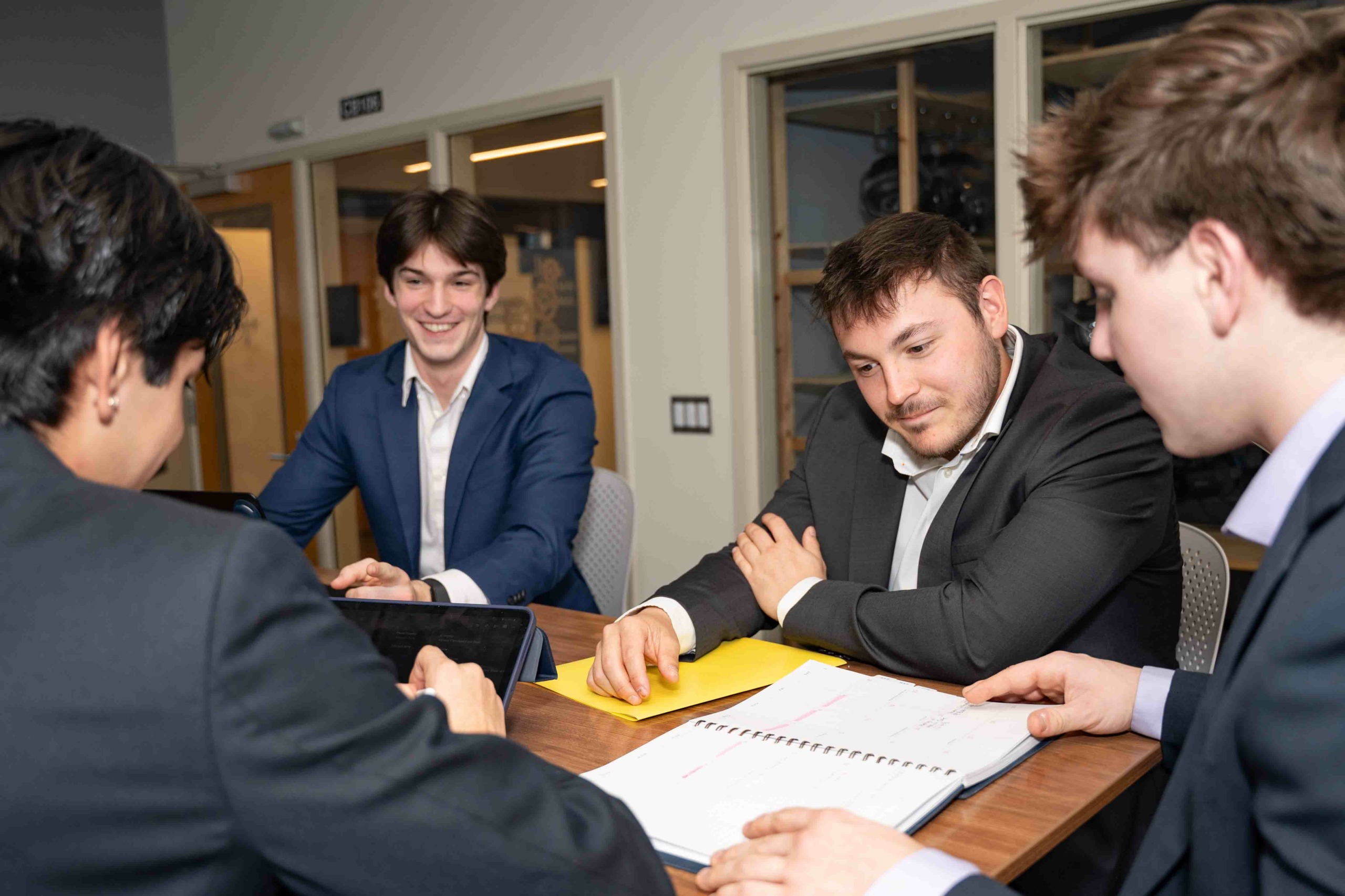
What’s a lesson you had to unlearn and what’s the backstory?
When I think about a pivot, it wasn’t so much about changing our business model as it was changing how I approached leadership and growth. In our first year of Sleep Hypnos, I came in as CEO with the mindset that we had to constantly be achieving, constantly pushing forward. I laid out 8–10 ambitious goals for the team, thinking that progress meant checking off as many boxes as possible in as little time as possible.
But what I quickly realized is that business doesn’t always work that way. There are stretches where things feel stagnant — when you’re waiting on material shipments, perfecting a prototype, or ironing out technical details that no one outside the team even notices. At first, I saw those slow periods as a problem, as if we weren’t doing enough. I thought if we weren’t moving visibly fast, we were falling behind.
The lesson I had to unlearn is that progress isn’t always linear. Sometimes the most important growth happens in the pauses, when you take the time to refine instead of rush. I learned that momentum doesn’t mean non-stop motion — it means steady, intentional progress toward the right goals.
So this year, we pivoted as a team. Instead of chasing 8–10 scattered objectives, we focused on five major goals that we could pour our energy and resources into. This focus has not only made us more productive but also more strategic. It allowed us to be realistic, disciplined, and clear on what actually matters.
That shift taught me one of the most valuable lessons I’ve learned so far as a leader: you have to be obsessed with the process, not just the results. Building a company — especially in wellness and health — isn’t about moving at lightning speed. It’s about creating something sustainable, intentional, and impactful over time.
